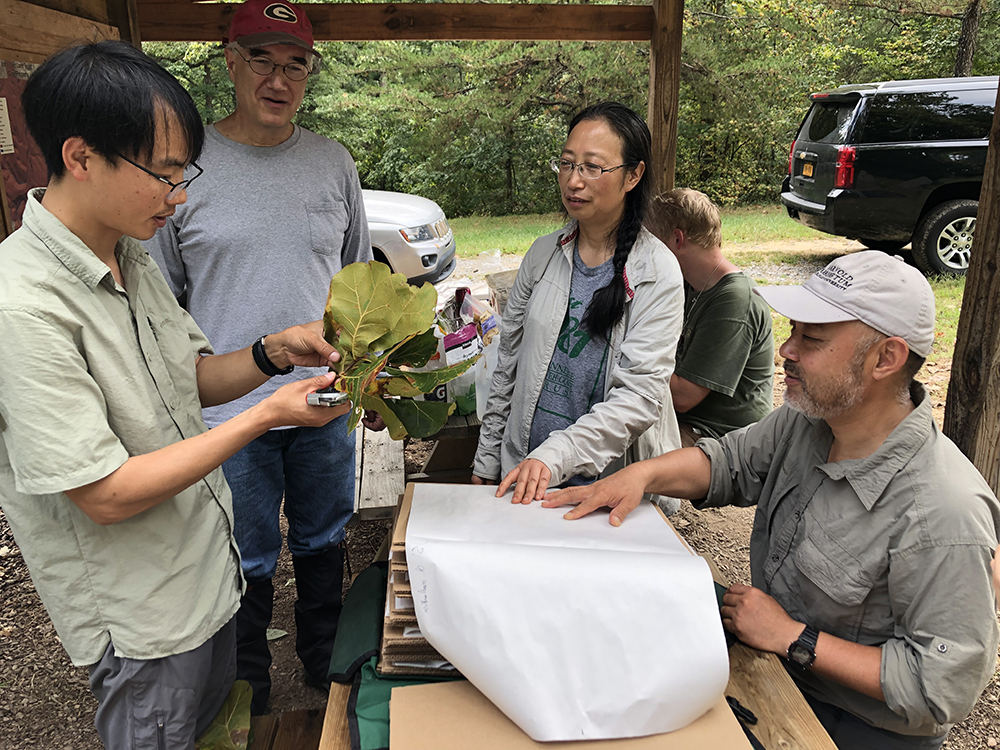
Climate change and urbanization disrupt the habitats of rare plant species across the world and increase their risk of extinction. The Arboretum practices ex-situ (off site) conservation by collecting and growing these species in our living collections. Ex-situ conservation efforts require collaboration and sharing with other institutions that share our commitment to preserving rare plant species. Partner organizations include Botanic Gardens Conservation International, the Plant Collections Network , and the Center for Plant Conservation.
In 2015, we launched the Campaign for the Living Collections as part of our ex-situ conservation endeavors. Through this 10-year initiative, we aim to collect some 400 temperate woody plant taxa through collaboration with institutions across the globe.
Ex-situ Conservation
In 2020, we neared the halfway mark of our Campaign. Collecting each individual species of interest entails first studying and documenting the germplasm. Prioritizing endangered, woody species, the Arboretum values both species richness and species diversity in developing the living collections.
The Campaign has sourced plants through numerous expeditions in the United States and countries such as China, Japan, and Korea, and strengthened collaborations with repositories like the US Department of Agriculture’s National Plant Germplasm System. These repositories preserve and make these seeds available for further distributions, including to scholars for research or other gardens for ecosystem rehabilitation and reforestation.
Recent expeditions include the October 2023 Expedition through seven prefectures of Japan, 2022 Expedition to the Great Lakes Region, May 2019 Expedition to Honshu, Japan and the 2019 NACPEC North America Expedition to Appalachia. You can find more information about our expeditions on our Plant Exploration page.




A network of botanical gardens under the aegis of the American Public Gardens Association collaborate with the U.S. Department of Agriculture as the Plant Collections Network (PCN). Our work with the Plant Collections Network revolves around the long-term preservation of germplasm for research. We have eight collections we steward in coordination with the PCN. These collections are Acer (maple), Carya (hickory), Fagus (beech), Forsythia, Gingko, Stewartia, Syringa (lilac), and Tsuga (hemlock). We focus on maximizing diversity within each genus and species.
The Center for Plant Conservation (CPC) focuses their work on the preservation of rare native plants in the United States. We have partnered with the CPC since 1984 and currently harbor nine of the CPC National Collection’s threatened species. Our collaboration with this national organization addresses our concern with conserving species under a changing climate.




Read more about plant conversation at the Arnold Arboretum. Check out our Plant Bios to learn more about the types of plants in the living collection.



